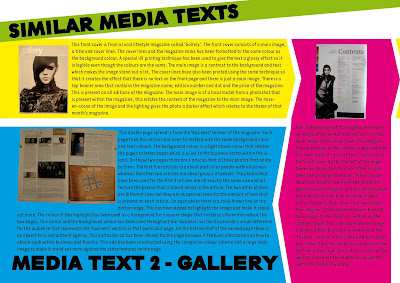


The images above represent the layouts that I will be using to create the front cover, contents page and double page spread of my magazine. To create these three pages I will be using a combination of Adobe Photoshop, Illustrator and InDesign, these programs are part of the Adobe Creative Suite 4. These pieces of software will allow me to complete the task to a very high standard as they are programs that are used within the print and design industry to create professional media products.
The photos I will be using within the media product have all been taken by myself at two different locations. The indoor location is at Pure Nightclub and these photos were taken of DJs playing at an Under 18s event. This is a perfect opportunity to take photos that relate directly to both the audience and the genre of the magazine.
The second venue is a derelict hotel, this venue allows me to take photos that suit the general urban mood of the double page spread. The photoshoot at the hotel will feature a famous DJ and the combination of his pose and his surroundings will provide a unique photographic style that will compliment the design of the double page spread as a whole. Editing of the photo will get rid of any imperfections and will add a professional feel to the photographs. A fisheye lens will be used in some photos to add a further unique effect that will attract the audience as it is very different and impressive.
All photos to be taken will feature local DJs at various venues. The photoshoot at Pure Nightclub will feature two DJs playing live so there is no reason for the them to pose as they will be taken as live shots. The DJs will be wearing their normal clothing as this reflects the fashion that is often associated with the DJ scene. The photoshoot of DJ Raspberry will feature the DJ wearing a lot more urban clothing, this is because it relates directly to the genre and style of the music that he produces and how he represents himself.













 Custom Car Magazine
Custom Car Magazine